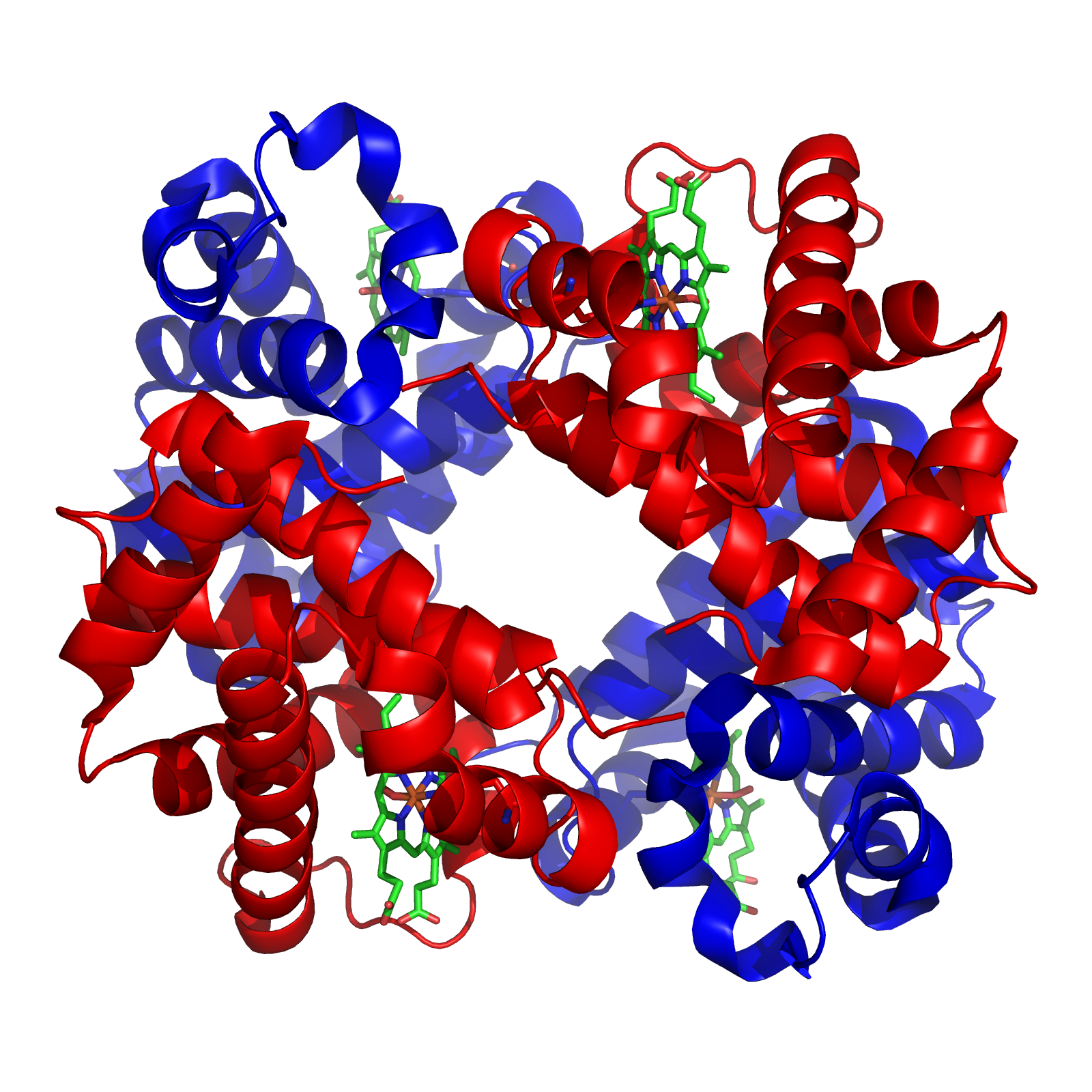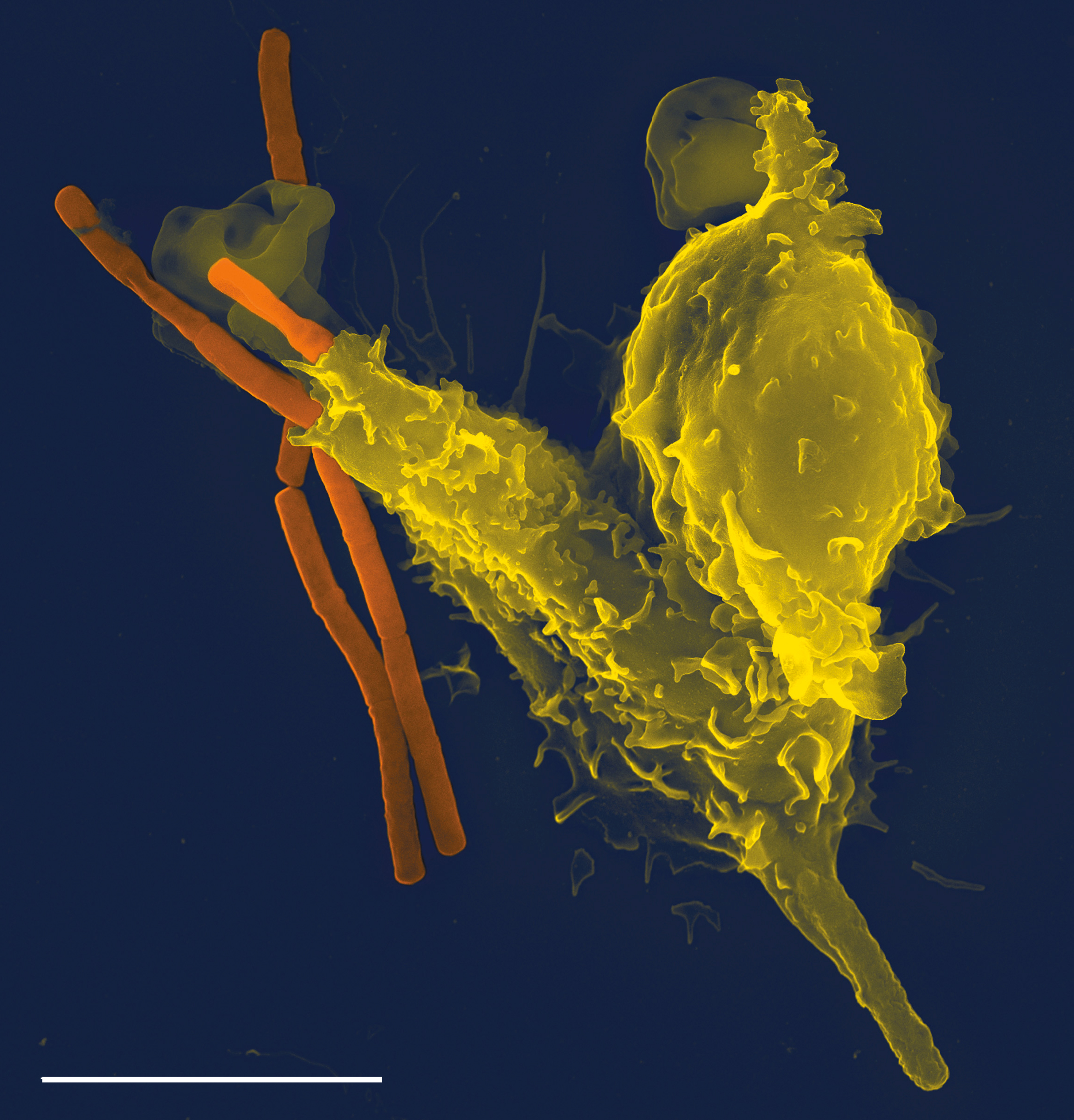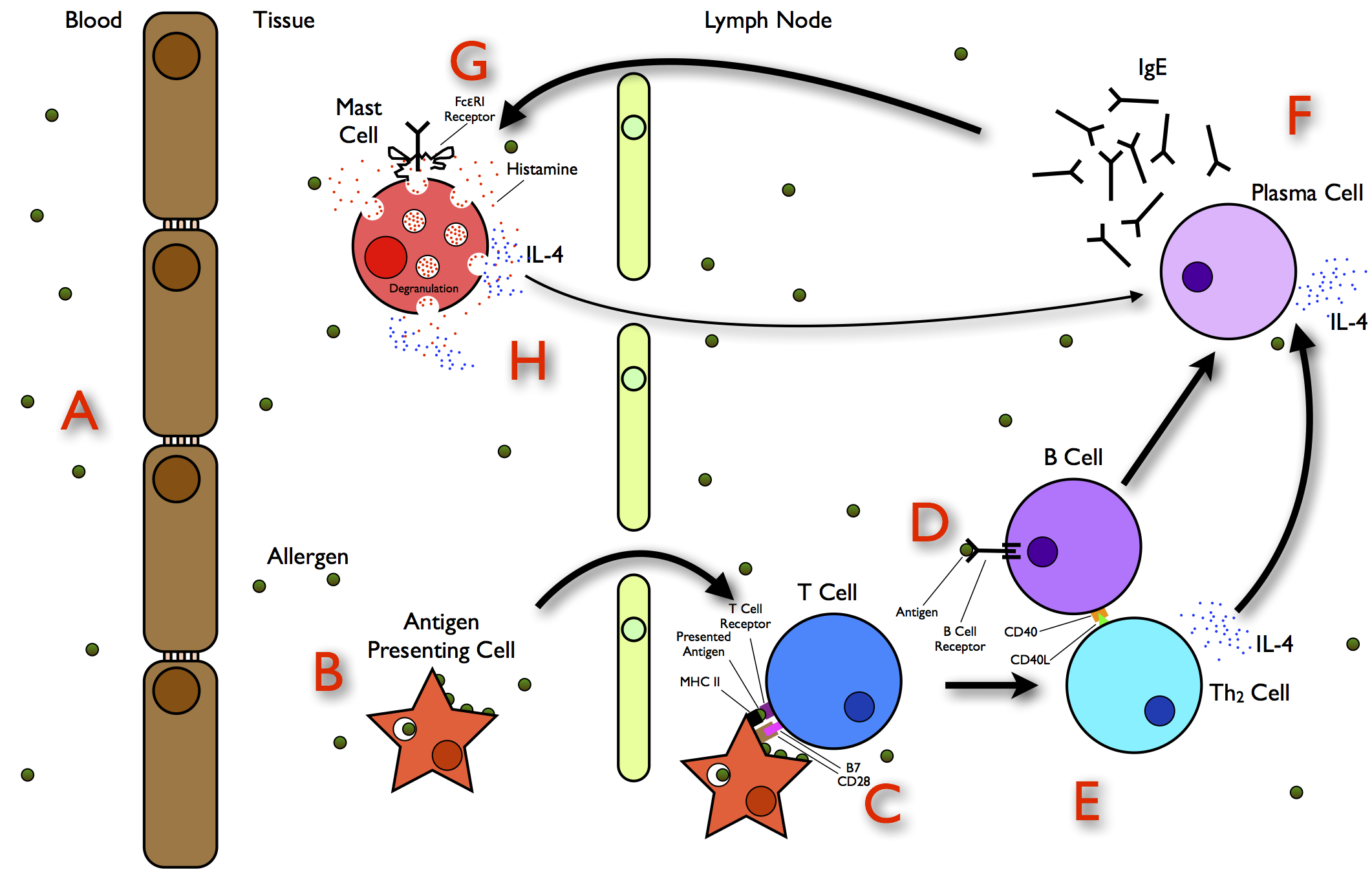|
Immunoadsorption
Immunoadsorption is a procedure that removes specific blood group antibodies from the blood. It is needed to remove the antibodies against pathogenic antibodies. The procedure generally takes about three to four hours. Immunoadsorption was developed in the 1990s as a method of extracorporeal removal of molecules from the blood, in particular molecules of the immune system. Different number of devices/columns exist on the market, each with a different active component to which the molecule of interest attaches, allowing for selectivity in the molecules of interest. Immunoadsorption may be used as an alternative to plasma exchange in certain conditions. Evidence of benefit is lacking in those with kidney problems. Concerns include that it is expensive. Procedure Dual column system Blood first passes to plasma filter. Plasma then passes on to immunoadsorption column before returning to patient. As the plasma is passing through one column, the second column is being regenerat ... [...More Info...] [...Related Items...] OR: [Wikipedia] [Google] [Baidu] |
Blood
Blood is a body fluid in the circulatory system of humans and other vertebrates that delivers necessary substances such as nutrients and oxygen to the cells, and transports metabolic waste products away from those same cells. Blood in the circulatory system is also known as ''peripheral blood'', and the blood cells it carries, ''peripheral blood cells''. Blood is composed of blood cells suspended in blood plasma. Plasma, which constitutes 55% of blood fluid, is mostly water (92% by volume), and contains proteins, glucose, mineral ions, hormones, carbon dioxide (plasma being the main medium for excretory product transportation), and blood cells themselves. Albumin is the main protein in plasma, and it functions to regulate the colloidal osmotic pressure of blood. The blood cells are mainly red blood cells (also called RBCs or erythrocytes), white blood cells (also called WBCs or leukocytes) and platelets (also called thrombocytes). The most abundant cells in verte ... [...More Info...] [...Related Items...] OR: [Wikipedia] [Google] [Baidu] |
Pathogen
In biology, a pathogen ( el, πάθος, "suffering", "passion" and , "producer of") in the oldest and broadest sense, is any organism or agent that can produce disease. A pathogen may also be referred to as an infectious agent, or simply a germ. The term ''pathogen'' came into use in the 1880s. Typically, the term ''pathogen'' is used to describe an ''infectious'' microorganism or agent, such as a virus, bacterium, protozoan, prion, viroid, or fungus. Small animals, such as helminths and insects, can also cause or transmit disease. However, these animals are usually referred to as parasites rather than pathogens. The scientific study of microscopic organisms, including microscopic pathogenic organisms, is called microbiology, while parasitology refers to the scientific study of parasites and the organisms that host them. There are several pathways through which pathogens can invade a host. The principal pathways have different episodic time frames, but soil has the ... [...More Info...] [...Related Items...] OR: [Wikipedia] [Google] [Baidu] |
Antibody
An antibody (Ab), also known as an immunoglobulin (Ig), is a large, Y-shaped protein used by the immune system to identify and neutralize foreign objects such as pathogenic bacteria and Viral disease, viruses. The antibody recognizes a unique molecule of the pathogen, called an antigen. Each tip of the "Y" of an antibody contains a paratope (analogous to a lock) that is specific for one particular epitope (analogous to a key) on an antigen, allowing these two structures to bind together with precision. Using this binding mechanism, an antibody can ''tag'' a microbe or an infected cell for attack by other parts of the immune system, or can neutralize it directly (for example, by blocking a part of a virus that is essential for its invasion). To allow the immune system to recognize millions of different antigens, the antigen-binding sites at both tips of the antibody come in an equally wide variety. In contrast, the remainder of the antibody is relatively constant. It only occurs ... [...More Info...] [...Related Items...] OR: [Wikipedia] [Google] [Baidu] |
Immune System
The immune system is a network of biological processes that protects an organism from diseases. It detects and responds to a wide variety of pathogens, from viruses to parasitic worms, as well as Tumor immunology, cancer cells and objects such as wood splinters, distinguishing them from the organism's own healthy biological tissue, tissue. Many species have two major subsystems of the immune system. The innate immune system provides a preconfigured response to broad groups of situations and stimuli. The adaptive immune system provides a tailored response to each stimulus by learning to recognize molecules it has previously encountered. Both use humoral immunity, molecules and cell-mediated immunity, cells to perform their functions. Nearly all organisms have some kind of immune system. Bacteria have a rudimentary immune system in the form of enzymes that protect against bacteriophage, virus infections. Other basic immune mechanisms evolved in ancient eukaryote, plants and animal ... [...More Info...] [...Related Items...] OR: [Wikipedia] [Google] [Baidu] |
Plasma Exchange
Plasmapheresis (from the Greek πλάσμα, ''plasma'', something molded, and ἀφαίρεσις ''aphairesis'', taking away) is the removal, treatment, and return or exchange of blood plasma or components thereof from and to the blood circulation. It is thus an extracorporeal therapy, a medical procedure performed outside the body. Three general types of plasmapheresis can be distinguished: * ''Autologuous'', removing blood plasma, treating it in some way, and returning it to the same person, as a therapy. * ''Exchange'', a patient's blood plasma is removed, while blood products are given in replacement. This type is called plasma exchange (PE, PLEX, or PEX) or plasma exchange therapy (PET). The removed plasma is discarded and the patient receives replacement donor plasma, albumin, or a combination of albumin and saline (usually 70% albumin and 30% saline). * ''Donation'', removing blood plasma, separating its components, and returning some of them to the same person, while hol ... [...More Info...] [...Related Items...] OR: [Wikipedia] [Google] [Baidu] |
Kidney
The kidneys are two reddish-brown bean-shaped organs found in vertebrates. They are located on the left and right in the retroperitoneal space, and in adult humans are about in length. They receive blood from the paired renal arteries; blood exits into the paired renal veins. Each kidney is attached to a ureter, a tube that carries excreted urine to the bladder. The kidney participates in the control of the volume of various body fluids, fluid osmolality, acid–base balance, various electrolyte concentrations, and removal of toxins. Filtration occurs in the glomerulus: one-fifth of the blood volume that enters the kidneys is filtered. Examples of substances reabsorbed are solute-free water, sodium, bicarbonate, glucose, and amino acids. Examples of substances secreted are hydrogen, ammonium, potassium and uric acid. The nephron is the structural and functional unit of the kidney. Each adult human kidney contains around 1 million nephrons, while a mouse kidney ... [...More Info...] [...Related Items...] OR: [Wikipedia] [Google] [Baidu] |
Blood Plasma
Blood plasma is a light amber-colored liquid component of blood in which blood cells are absent, but contains proteins and other constituents of whole blood in suspension. It makes up about 55% of the body's total blood volume. It is the intravascular part of extracellular fluid (all body fluid outside cells). It is mostly water (up to 95% by volume), and contains important dissolved proteins (6–8%; e.g., serum albumins, globulins, and fibrinogen), glucose, clotting factors, electrolytes (, , , , , etc.), hormones, carbon dioxide (plasma being the main medium for excretory product transportation), and oxygen. It plays a vital role in an intravascular osmotic effect that keeps electrolyte concentration balanced and protects the body from infection and other blood-related disorders. Blood plasma is separated from the blood by spinning a vessel of fresh blood containing an anticoagulant in a centrifuge until the blood cells fall to the bottom of the tube. The bloo ... [...More Info...] [...Related Items...] OR: [Wikipedia] [Google] [Baidu] |
Organ Transplantation
Organ transplantation is a medical procedure in which an organ (anatomy), organ is removed from one body and placed in the body of a recipient, to replace a damaged or missing organ. The donor and recipient may be at the same location, or organs may be transported from a Organ donation, donor site to another location. Organ (anatomy), Organs and/or Tissue (biology), tissues that are transplanted within the same person's body are called autografts. Transplants that are recently performed between two subjects of the same species are called allografts. Allografts can either be from a living or cadaveric source. Organs that have been successfully transplanted include the Heart transplantation, heart, Kidney transplantation, kidneys, Liver transplantation, liver, Lung transplantation, lungs, Pancreas transplantation, pancreas, Intestinal transplant, intestine, Thymus transplantation, thymus and uterus transplantation, uterus. Tissues include Bone grafting, bones, tendons (both referr ... [...More Info...] [...Related Items...] OR: [Wikipedia] [Google] [Baidu] |
Allergic Reaction
Allergies, also known as allergic diseases, refer a number of conditions caused by the hypersensitivity of the immune system to typically harmless substances in the environment. These diseases include hay fever, food allergies, atopic dermatitis, allergic asthma, and anaphylaxis. Symptoms may include red eyes, an itchy rash, sneezing, coughing, a runny nose, shortness of breath, or swelling. Note: food intolerances and food poisoning are separate conditions. Common allergens include pollen and certain foods. Metals and other substances may also cause such problems. Food, insect stings, and medications are common causes of severe reactions. Their development is due to both genetic and environmental factors. The underlying mechanism involves immunoglobulin E antibodies (IgE), part of the body's immune system, binding to an allergen and then to a receptor on mast cells or basophils where it triggers the release of inflammatory chemicals such as histamine. Diagno ... [...More Info...] [...Related Items...] OR: [Wikipedia] [Google] [Baidu] |
Length Of Stay
Length of stay (LOS) is the duration of a single episode of hospitalization. patient, Inpatient days are calculated by subtracting day of admission from day of :wikt:discharge, discharge. Analysis A common statistic associated with length of stay is the average length of stay (ALOS), a mean calculated by dividing the sum of inpatient days by the number of patients admissions with the same diagnosis-related group classification. A variation in the calculation of ALOS can be to consider only length of stay during the period under analysis. Length of stay is typically highly skewness, skewed, so statistical approaches taking that into account are recommended. While the mean length of stay is useful from the point of view of costs, it may be a poor statistic in terms of representing a typical length of stay; the median may be preferred. It is useful to be able to predict an individual's expected length of stay or to model length of stay to determine factors that affect it. Various ana ... [...More Info...] [...Related Items...] OR: [Wikipedia] [Google] [Baidu] |






